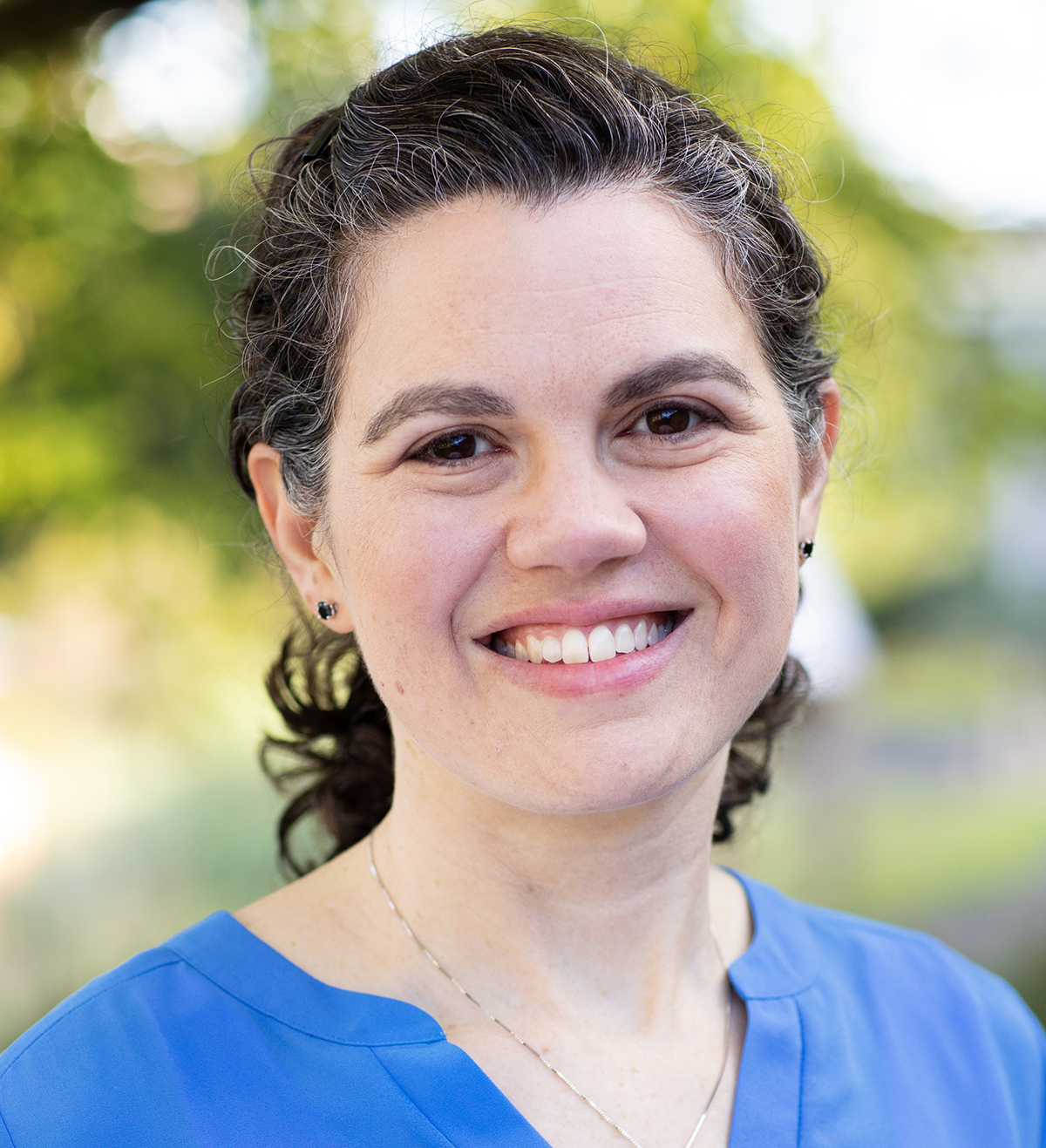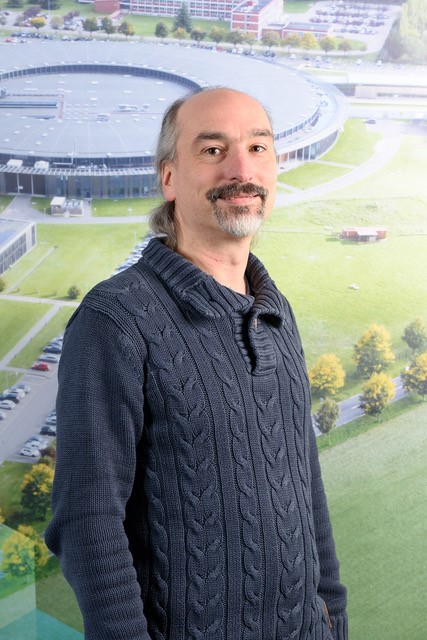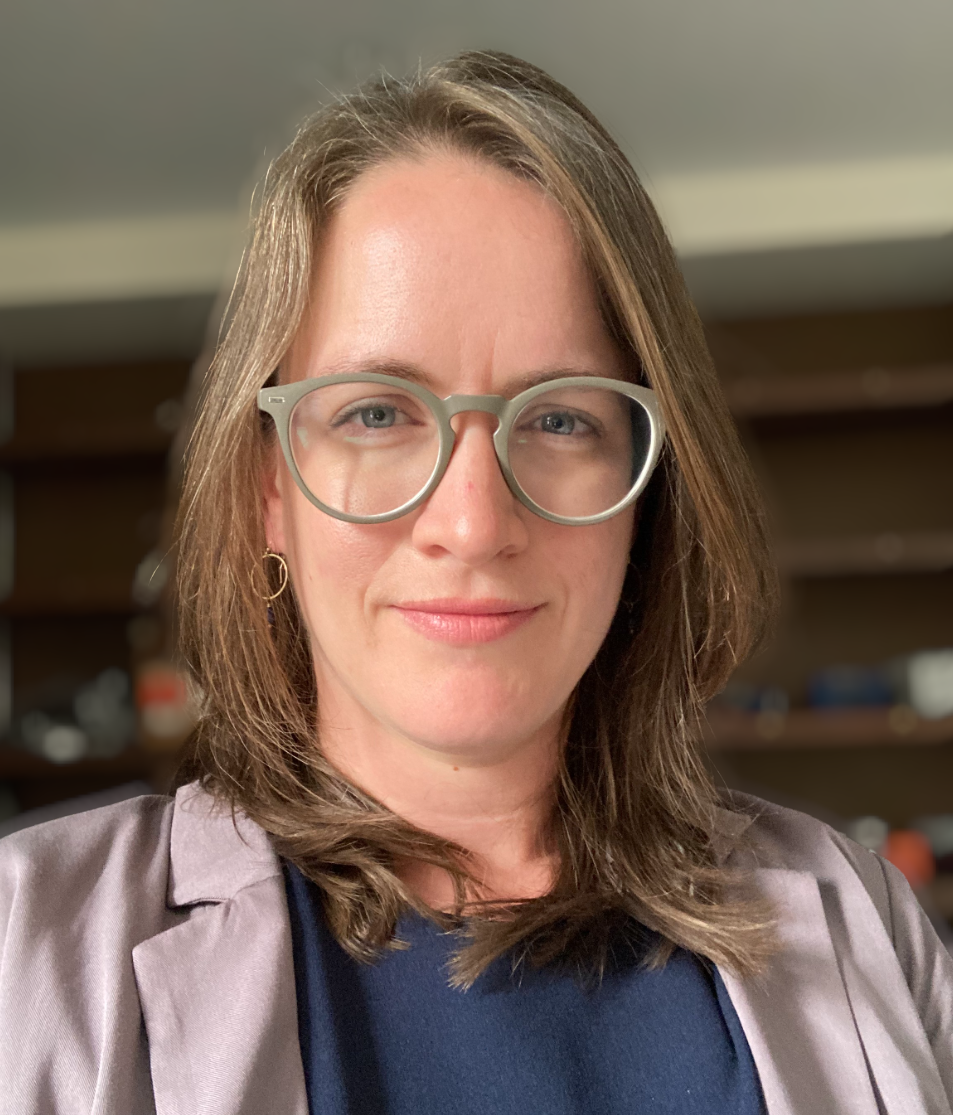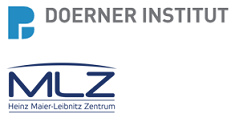UPDATE: All keynote speakers confirmed!
We are delighted to announce that seven internationally renowned experts have confirmed their participation at SR2A 2023 in Munich:

Dr. Victor Gonzalez
CNRS Researcher
PPSM - ENS Paris-Saclay
Université Paris-Saclay
Structural analysis of historical pigments using synchrotron radiation
Synchrotron-based X-ray Powder Diffraction (SR-XRPD) is particularly suited for the study of historical pigments. This technique indeed enables to discriminate between the multiple inorganic products present in complex paint stratigraphies at the micrometric scale, but also to provide detailed information on their composition and microstructure. This talk will present SR-XRPD research conducted via complementary analytical configurations, aimed at revealing the ancient syntheses of inorganic pigments, and deciphering the potential alteration mechanisms active in historical pictorial formulations. The communication will also present the “Heritage Materials” BAG implemented at the ESRF, and the opportunities offered by such collaborative initiatives to the Heritage community.

Dr. Francesco Grazzi
Consiglio Nazionale delle Ricerche,
Istituto di Fisica Applicata “Nello Carrara” (CNR-IFAC)
Istituto Nazionale di Fisica Nucleare, Laboratorio di Analisi per Ambiente e Beni Culturali (INFN-LABEC)
Sesto Fiorentino (FI), Italy
Neutron and historical steel artefacts: a metrological and historical-technological overview
The combination of Neutron Imaging, Neutron Diffraction and Bragg Edge Neutron Transmission is probably the most effective non-invasive method able to fully characterize, in a quantitative way, composition and microstructure of ferrous historical artefacts. In order to obtain reliable results, the calibration of neutron data taken on reference carbon steel standard samples was performed, using the three techniques and verifying the correct parameterization of phase and microstructure analysis. Steel samples from different historical periods and cultures were then analyzed, allowing us to determine their manufacturing process and learn the technological choices behind their specific usage as tools or weapons.

Dr. Yong LEI
Research Fellow, Deputy Director of Conservation Department,
Palace Museum
Beijing, China
Unveiling the mystery of the ancient hare’s fur tea-bowl glaze: Evidence for doping through advanced manipulation in the creation of ε-Fe2O3 films in high fired porcelain
In the field of ancient ceramics study, several advanced characterization techniques including XRD refinement, Raman mapping, TEM-EDS, SEM-EBSD, SR-based XAS and Mössbauer spectroscopy etc. firstly combined with theoretical calculation based on Density Functional Theory (DFT) to develop a novel strategy for providing detailed structural information and giving the most stable structural models of crystals, thus, our work would enlighten the deep-going and systematic investigation of the ancient ceramics. A major breakthrough has been achieved in this work for proving high-alumina clay introduced Al in glazes, which doped Al into ε-Fe2O3 lattices and thus stabilized the metastable polymorph. This work deepened the understanding of high-alumina, high-calcia, high-fired glazes and their subtle firing manipulation technology, which would lead to inspiration to the new field in materials synthesis.
 Prof. Dr. Rachel Popelka-Filcoff
Prof. Dr. Rachel Popelka-Filcoff
Rock Art Australia Minderoo Chair in Archaeological Science
School of Geography, Earth and Atmospheric Sciences
University of Melbourne
Shining a Light on Indigenous Australian Cultural Pigments Using Synchrotron Approaches
Ochre and related mineral pigments offer a fascinating insight into our deep past to examine cultural exchange, production methods and technical approaches. Analysis of Indigenous Australian ochre pigments on a variety of cultural materials such as boomerangs, bark paintings and rock art, reveals its composition, structure, and provenance. Recent archaeological science research at the University of Melbourne Archaeological Science Laboratory in collaboration with partners includes novel analysis of natural mineral pigments that utilize synchrotron methods to non-destructively examine provenance and composition (X-ray fluorescence microscopy), characterize chemical properties of unique organic binders (X-ray Raman and complementary laboratory-based techniques), and probe the changes to ochre due to cultural heating (synchrotron powder X-ray diffraction).

Dr. Sebastian Schöder
Responsible of the PUMA beamline
Synchrotron SOLEIL
Heritage research at the PUMA beamline
This talk is going to present the PUMA beamline of the SOLEIL Synchrotron, which has opened to users in 2019. Having been built explicitly for heritage research, currently 80% of the user beamtime as well as the in-house programs are in the fields of archaeology, palaeontology and conservation science. The presentation will show the instrumentation and setup available at PUMA, such as the in-situ microscope that can be used for XEOL imaging, as well as some of the first experiments that have been performed by users and beamline staff. An overview over the activities at the beamline to characterize and monitor radiation damage in heritage samples will be given.

Dr. Michael Schulz
Head of Neutron Imaging Group
Technical University of Munich
Forschungs-Neutronenquelle Heinz Maier-Leibnitz (FRM II)
How Neutrons provide new Insights into Cultural Heritage Objects
In this presentation I will highlight the non-destructive techniques offered by neutrons providing unique information about archaeological objects on selected examples.
Neutron tomography is largely complementary to X-ray CT with remarkably high penetration of metals and excellent sensitivity for organic materials. It has e.g. been used to elucidate manufacturing techniques used to produce ancient swords or helmets or to identify hidden artifacts within statues.
Neutron-based analytical techniques have been used to analyze trace amounts of chlorine in the corrosion products of iron and bronze artefacts, while the elemental composition, especially the trace element contents is used in provenance investigations of ceramics, etc.

Dr. Louisa Smieska
Staff Scientist, Functional Materials Beamline
Cornell High Energy Synchrotron Source
Wilson Laboratory, Cornell University
Ithaca, NY 14853
Cultural heritage research at the Cornell High Energy Synchrotron Source (CHESS)
The Cornell High Energy Synchrotron Source (CHESS) underwent a major upgrade in 2018, including rebuilding one-sixth of the electron storage ring and completely remodeling the experimental floor. This talk will describe current capabilities at CHESS for cultural heritage research, with an emphasis on multi-modal scan-probe methods such as x-ray fluorescence + diffraction. Example studies of illuminated manuscript fragments, painted panels, and degration of wood, among others, will illustrate the talk.

